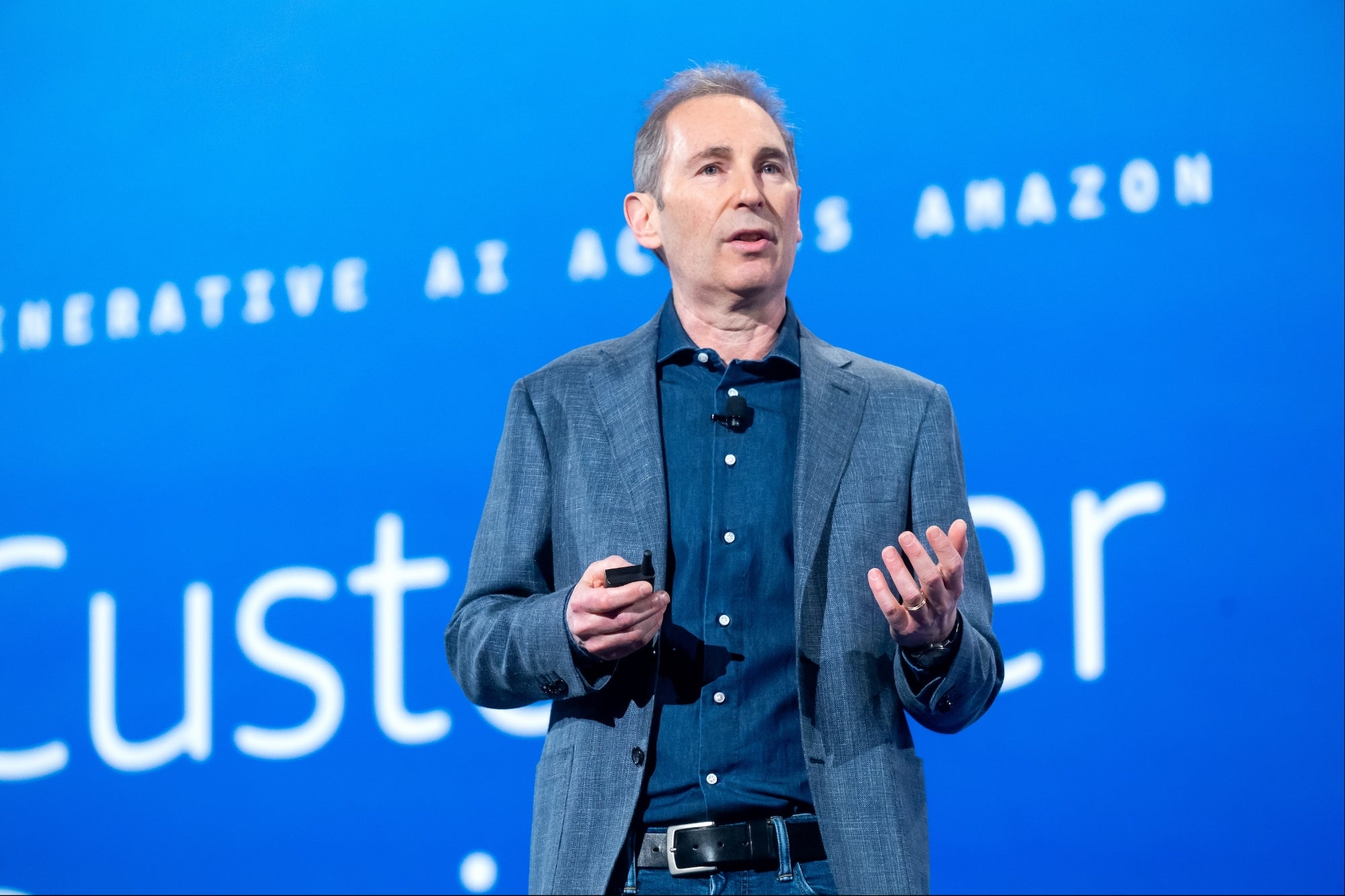How This App Tracks Women's Health Woes; in India & Internationally Find out why this app has 6.5 mln international downloads versus 60,000 in India
You're reading Entrepreneur India, an international franchise of Entrepreneur Media.

Technology has enabled disruptive ideas to invade our day-to-day life. Today we are able to order a cab/pizza/plumber/groceries by just swiping our mobiles today. Despite the abundance of startups that exist, government and VC networks have constantly stressed on the need for disruptive ideas that cater into the basic needs of sanitation, healthcare, education and water management.
Maya (previously LoveCycles) is a comprehensive women's health tracker that is built in India, with millions of users worldwide. Since its inception, Maya has obsessed about decoding each day of the monthly cycle to help women across the world manage their health better.
The company claims that there are 355 million women of reproductive age in India who need mechanisms and structures in place to meet their menstrual needs. Only 12% of these 355 million women use sanitary napkins and over 88% of women resort to shocking alternatives like un- sanitized cloth, ashes and husk sand. What Maya aims take advantage of the smartphone penetration in remote corners of India and equip women to manage their menstrual health using a mobile phone.
Speaking to Entrepreneur India, John Paul talks about how the idea of Maya was conceived from an incident that took place with a close friend who couldn't conceive due to certain complicated medical conditions.

It's not a doctor!
While toiling with the idea of Maya, John and his wife were very clear that they do not want to create a medical app but instead create a health app – the difference being that the guidance derived from this app should be channelized effectively with a doctor's advised. "We were very clear in mind that this ia a very delicate space and we cannot be misguiding our users," he said.
John is aware of the fact that there are a bunch of apps focussing on this problem in the international market, however in the Indian context there are few apps focussing on the same issue. Hence John said that this will eb the focus of the company in the coming months as all this while the company got majority of its traction from the international market.
Why Global First and then India?
Maya first decided to target international markets prior to India, as back in 2012 the company felt that India did not have quite an addressable market. "Today I feel things have changed and there is an addressable market here and there is a market here for us to grow," he said.
When asked what works in favour of an app in the global market, John stressed on the need for a good design and experience quality. "When you look at the startup environment today, these are skills which we are still acquiring and not mastered yet... International companies rely a lot on metrics and analytics. Whereas in India we are still building companies based on our gut feeling," he added. Access to capital is also a problem for the overall market, though it's gradually improving in India these days, he says.
Maya has 6.5 million downloads internationally versus 60,000 in India. Top international geographies of the app includes Brazil, Italy, Mexico, Russia and Korea – which is mostly the non-English speaking territories as the app has been localized in 12 international languages to cater to different countries. The company is in the process of localizing the app for Indian usage and is also in the process of creating a community within the app.
What next?
John said that at Maya they are more than happy to engage with government bodies, private organizations and NGOs to help them solve issues related to women's health and maternal health. "Most of the women or girls as young as 14-15 are not aware of basic sex education and this could be great educational tool to help them understand as to what is happening to their body and the importance of hygiene," John added.
Historically Brazil has been the top geography for the app, however John believes that the limitation to healthcare access in tier two cities, need for medical attention in this field are few of the reasons why John sees India becoming its top geography very soon. "If we can even hit a million users in India that would be a magical number for us!"











